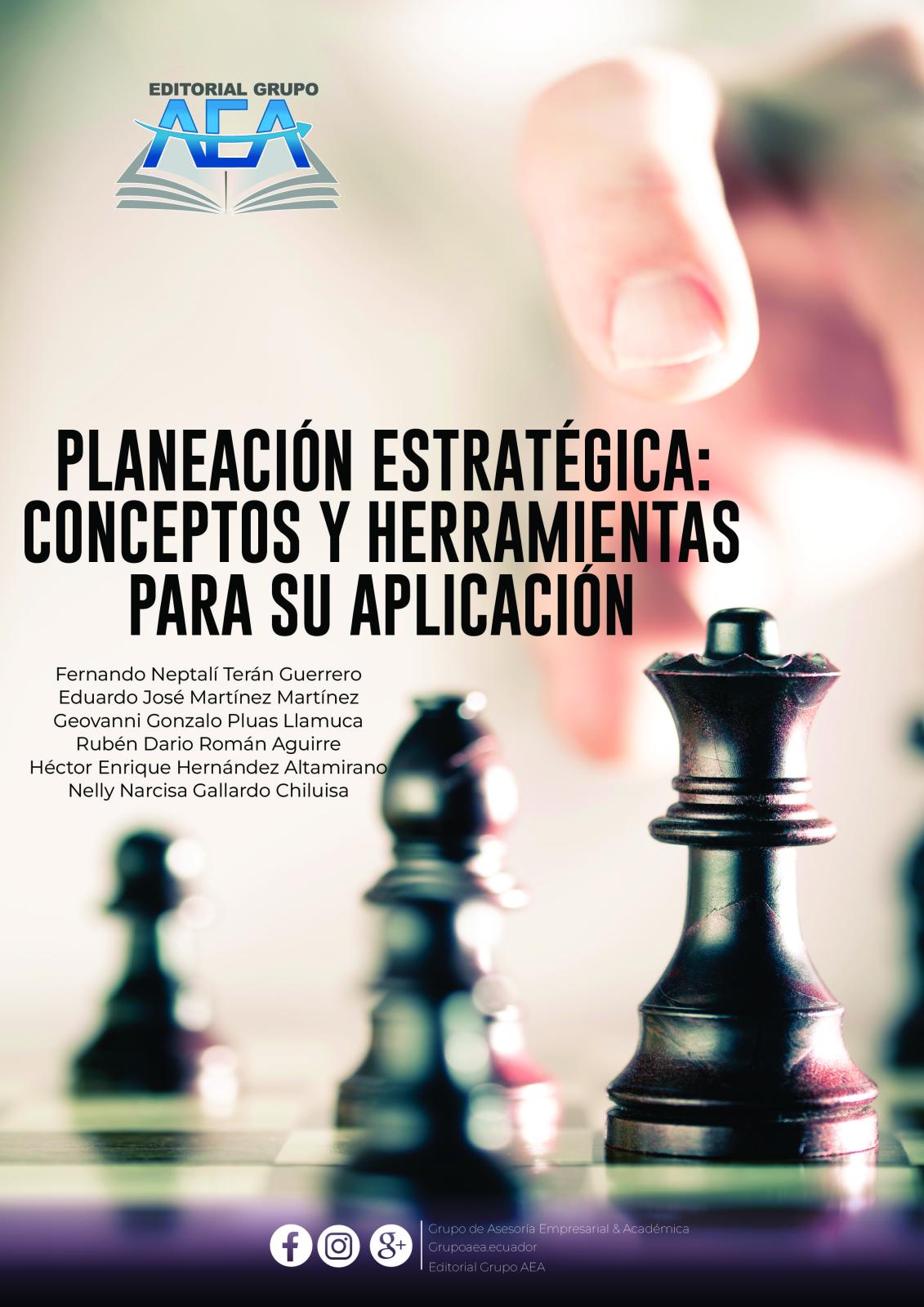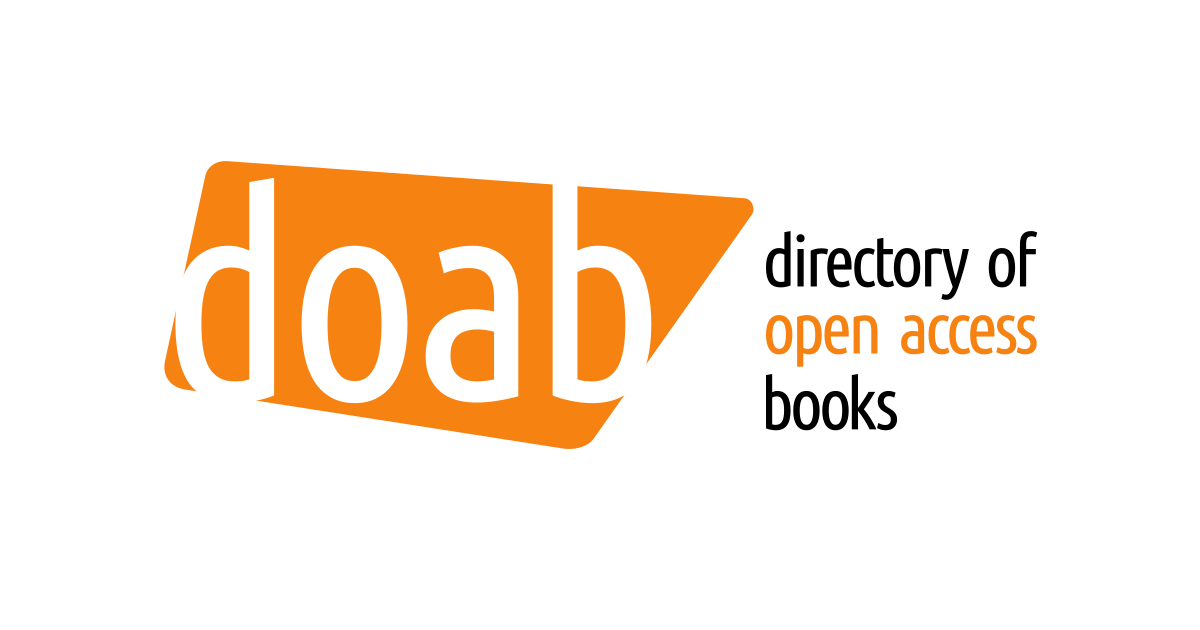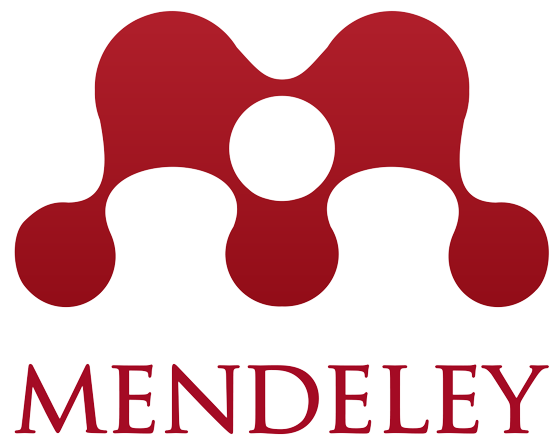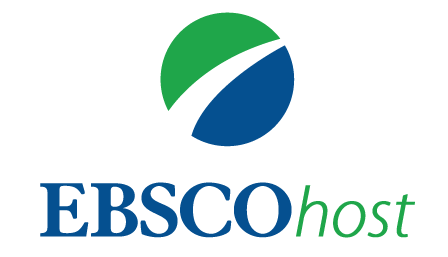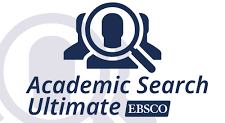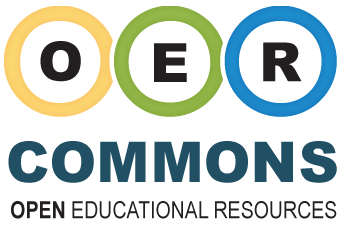Planeación estratégica: Conceptos y herramientas para su aplicación
Palabras clave:
Estrategia, Herramienta, Organización, Planeación, ProcesoSinopsis
En el dinámico mundo de los negocios, la planificación estratégica se erige como el cimiento de la excelencia organizacional. El libro "PLANEACIÓN ESTRATÉGICA: CONCEPTOS Y HERRAMIENTAS PARA SU APLICACIÓN" sumerge al lector en un viaje fascinante a través de los pilares de la planeación estratégica y su implementación efectiva. Se exploran conceptos esenciales como la misión, la visión y los valores, se desmenuza el proceso administrativo y se establecen las categorías clave de planificación: estratégica, táctica y operativa. Los principios fundamentales sirven como cimiento para la travesía estratégica. Se destaca la importancia de analizar tanto el entorno interno como externo, empleando herramientas como el análisis FODA. La fórmula mágica se completa con la creación de objetivos estratégicos y un plan de acción con ciclos que abarcan la planificación, implementación y control. Descubra cómo los KPIs emergen como pilares esenciales para medir el rendimiento y respaldar decisiones informadas. Además, el Cuadro de Mando Integral (CMI) amplía la visión, llevando la medición más allá de lo financiero y proporcionando una perspectiva completa del desempeño. Este libro es un faro para aquellos que buscan navegar con éxito en el turbulento mar de los negocios.
Citas
Ackoff, R. L. (1981). Creating the Corporate Future. John Wiley & Sons.
Adizes, I. (1979). Organizational passages: Diagnosing and treating lifecycle problems in organizations. Organizational Dynamics, 8(1), 3-24. http://dx.doi.org/10.1016/0090-2616(79)90001-9
Alkhafaji, A. (2021). Strategic Management: Formulation, Implementation, and Control in a Dynamic Environment (4th ed.). Routledge.
Ansoff, H.I. (1957). Strategies for Diversification. Harvard Business Review. 113-124.
Ansoff, H.I. (1965). Corporate strategy: An analytic approach to business policy for growth and expansion. McGraw-Hill.
Ansoff, H.I. (1988). The New Corporate Strategy. Wiley.
Barney, J. (1991). Firm Resources and Sustained Competitive Advantage. Journal of Management, 17(1), 99-120. http://dx.doi.org/10.1177/014920639101700108
Barney, J.B., & Hesterly, W.S. (2019). Strategic management and competitive advantage: Concepts and cases (6th ed.). Pearson.
Becker, B.E., & Huselid, M.A. (2006). Strategic Human Resources Management: Where Do We Go From Here?. Journal of Management, 32, 898-925. https://doi.org/10.1177/0149206306293668
Bharadwaj, A.S. (2000). A Resource-Based Perspective on Information Technology Capability and Firm Performance: An Empirical Investigation. MIS Quarterly, 24, 169-196. http://dx.doi.org/10.2307/3250983
Bowersox, D.J., & Closs, D.J. (2019). Logistical Management: The Integrated Supply Chain Process (5th ed.). McGraw-Hill.
Brigham, E.F., & Ehrhardt, M.C. (2014). Gestión financiera: Teoría y Práctica (14a ed.). Cengage Learning.
Bryson, J.M. (2018). Strategic planning for public and nonprofit organizations: A guide to strengthening and sustaining organizational achievement. John Wiley & Sons.
Cameron, K.S., & Quinn, R.E. (2011). Diagnosing and Changing Organizational Culture: Based on the Competing Values Framework (3rd ed.). Jossey-Bass.
Chandler, A.D. (1962). Strategy and structure: Chapters in the history of the American industrial enterprise. MIT press.
Chopra, S., & Meindl, P. (2016). Supply Chain Management: Strategy, Planning, and Operation (6th ed.). Pearson.
Churchill, N.C., & Lewis, V.L. (1983) The Five Stages of Small Business Growth. Harvard Business Review, 61, 30-50.
Collings, D.G., & Mellahi, K. (2009). Strategic talent management: A review and research agenda. Human Resource Management Review, 19(4), 304-313.
Collins, J., & Porras, J.I. (1994). Built to Last: Successful Habits of Visionary Companies. Harper Collins Publishing.
Daft, R.L., & Marcic, D. (2009). Introducción a la Administración (6a ed.). Cengage Learning.
Daft, R. L. (2018). Teoría y diseño organizacional (11a ed.). Cengage Learning.
David, F.R. (2013). Conceptos de administración estratégica (14a ed.). Pearson.
David, F.R., & David, M.E. (2020). Strategic management: A competitive advantage approach, Concepts and cases (17th ed.). Pearson Education Inc.
Deming, W.E. (1986). Out of the Crisis. MIT Press.
Donaldson, T., & Preston, L. (1995). The Stakeholder Theory of the Corporation: Concepts, Evidence, and Implications. Academy of Management Review, 20, 65-91.
Drucker, P. (1954). The Practice of Management. Harper & Row.
Drucker, P. (1994a). La Sociedad Post-Capitalista. Editorial Norma.
Drucker, P. (1994b). The Theory of the Business. Harvard Business Review, September-October, 95-104.
Fayol, H. (1949). General and Industrial Management. Pitman Publishing.
Freedman, L. (2013). Strategy: A history. Oxford University Press.
Freeman, R.E. (1984). Strategic management: A stakeholder approach. Pitman.
Gereffi, G. (1999). International trade and industrial upgrading in the apparel commodity chain. Journal of International Economics, 48(1), 37-70.
Grant, R.M. (1991). The resource-based theory of competitive advantage: implications for strategy formulation. California Management Review, 33(3), 114–135. http://dx.doi.org/10.2307/41166664
Grant, R.M. (2018). Contemporary Strategy Analysis: Text and Cases Edition (10th ed.). Wiley.
Greiner, L.E. (1972). Evolution and revolution as organizations grow. Harvard Business Review, 50(4), 37-46.
Grigorescu, I. (2015). Value Chain Analysis – Basic Element Of An Organization’s Competitive Advantage. International conference KNOWLEDGE-BASED ORGANIZATION, 21(2), 318-324. https://doi.org/10.1515/kbo-2015-0053
Hall, R. (1992). The strategic analysis of intangible resources. Strategic Management Journal, 13(2), 135-144.
Hair Jr., J.F., Black, W.C., Babin, B.J., & Anderson, R.E. (2019). Análisis multivariante. Pearson Educación.
Hamel, G., & Prahalad, C.K. (1994). Competing for the Future. Harvard Business School Press.
Heizer, J., & Render, B. (2013). Operations Management (11th ed.). Prentice Hall.
Hellriegel, D., & Slocum, J.W. (2009). Comportamiento organizacional (12a ed.). Cengage Learning.
Hersey, P., Blanchard, K.H., & Johnson, D.E. (1996). Management of Organizational Behavior: Utilizing Human Resources. Prentice Hall.
Hill, C.W., Jones, G.R., & Schilling, M. (2015). Administración estratégica: Teoría y casos. Un enfoque integral (11a ed.). Cengage Learning.
Hitt, M.A., Ireland, R.D., & Hoskisson, R.E. (2017). Administración Estratégica: Competitividad y Globalización Conceptos y Casos (13a ed.). Cengage Learning.
Hrebiniak, L.G., & Joyce, W.F. (1985). Organizational Adaptation: Strategic Choice and Environmental Determinism. Administrative Science Quarterly, 30(3), 336-349.
Jiménez, A., Hillier-Fry, C., & Díaz, J. (2008). Gestión del talento: una estrategia diferenciada para un entorno global. Harvard Deusto business review, 66-79.
Johnson, G., Scholes, K., & Whittington, R. (2008). Exploring Corporate Strategy: Text & Cases (8th ed.). Prentice Hall.
Kaplan, R.S., & Norton, D.P. (1992). The Balanced Scorecard – Measures that Drive Performance. Harvard Business Review, 70(1), 71-79.
Kaplan, R.S., & Norton, D.P. (1996). The Balanced Scorecard: Translating Strategy into Action. Harvard Business Press.
Kaplan, R.S., & Norton, D.P. (2008). The execution premium: linking strategy to operations for competitive advantage. Harvard Business Press.
Khai-Loon L., Zulkifli M.U., & Mohamad G.H. (2014). Supply Chain Technology Adoption: Its Clarification, Evolution, Classification, and Practicality in Textile and Apparel Industry. International Journal of Business and Economics Research. Special Issue: Supply Chain Management: Its Theory and Applications. 3(6-1), 15-21. doi: 10.11648/j.ijber.s.2014030601.13
Kim, C.W., & Mauborgne, R. (2005) Blue Ocean Strategy: From Theory to Practice. California Management Review, 47, 105-121. http://dx.doi.org/10.2307/41166308
Kim, C.W., & Mauborgne, R. (2015). Blue Ocean Strategy: How to Create Uncontested Market Space and Make the Competition Irrelevant. Expanded edition. Harvard Business Review Press.
Kotter, J.P. (1996). Leading Change. Harvard Business Review Press.
Kotler, P., Wong, V., Saunders, J., & Armstrong, G. (2005). Principles of Marketing (4th ed.). Pearson Education.
Kotler, P., Bowen, J.T., & Makens, J.C. (2014). Marketing for Hospitality and Tourism (6th ed.). Prentice Hall.
Kotler, P., & Keller, K.L. (2015). Marketing Management (15th ed.). Pearson.
Koontz, H., & O'Donnell, C. (1982). Principles of Management: An Analysis of Managerial Functions. McGraw-Hill.
Koontz, H., & Weihrich, H. (2006). Essentials of management: an international perspective. Tata McGraw-Hill.
Kunc, M. (2020). Strategic Management: The Theory and Practice of Strategy in (Business) Organizations. Routledge.
Lambert, D.M., Cooper, M.C., & Pagh, J.D. (1998). Supply chain management: Implementation issues and research opportunities. The International Journal of Logistics Management, 9(2), 1-20. http://dx.doi.org/10.1108/09574099810805807
Lampel, J., Mintzberg, H., & Ahlstrand, B. (2009). Strategy Safari: A Guided Tour Through the Jungles of Strategic Management (2nd ed.). Pearson Education.
Laudon, K.C., & Laudon, J.P. (2016). Management information systems: managing the digital firm (13th ed.). Pearson.
Lauterborn, R. (1990). New Marketing Litany: Four Ps Passe: C-Words Take Over. Advertising Age, 61(41), 26.
Mauborgne, R.A., & KIm, W.C. (2005). La estrategia del océano azul. Harvard Deusto business review, 131(1), 22-31.
Markides, C. (2013). Game-Changing Strategies: How to Create New Market Space in Established Industries. Jossey-Bass.
Melo, N.A.P. (2018). El clima organizacional y su relación con la satisfacción laboral desde la percepción del capital humano. Revista Lasallista de investigación, 15(1), 90-101.
Mintzberg, H. (1980). Structure in 5's: A Synthesis of the Research on Organization Design. Management Science, 26(3), 322-341. DOI:10.1287/MNSC.26.3.322
Mintzberg, H., & Waters, J. (1985). Of Strategies, Deliberate and Emergent. Strategic Management Journal, 6(3), 257-272. http://dx.doi.org/10.1002/smj.4250060306
Mintzberg, H. (1987). Crafting Strategy. Harvard Business Review, 65(4), 66-75.
Mintzberg, H. (1991). The Effective Organization: Forces and Forms. Sloan Management Review, 32(2), 54-67.
Mintzberg, H. (1994). The Rise and Fall of Strategic Planning. Free Press.
Mintzberg, H., & Lampel, J. (1999). Reflecting on the Strategy Process. Sloan Management Review, 40(3), 21-30.
Mintzberg, H. (2017). Crafting strategy. In The Aesthetic Turn in Management. 477-486. Routledge.
Monroe, K. (2003). Pricing: Making Profitable Decisions (3rd ed.). McGraw-Hill Education.
Navas, J.E., & Guerras, L.A. (2016). Fundamentos de dirección estratégica de la empresa (2a.). Thomson Reuters-Civitas.
Northouse, P.G. (2019). Leadership: Theory and Practice (8th ed.). Sage publications.
Nowack, K. (1992). Self-Assessment and Rater Assessment as a Dimension of Management Development. Human Resource Development Quarterly, 3(2), 141–155.
Osterwalder, A., & Pigneur, Y. (2010). Business Model Generation: A Handbook for Visionaries, Game Changers, and Challengers. Wiley.
Parmenter, D. (2015). Key Performance Indicators (KPI): Developing, Implementing, and Using Winning KPIs (4th ed.). John Wiley & Sons.
Pearce, J.A., & Robinson, R.B. (2019). Strategic management: Planning for domestic and global competition (16th ed.). McGraw-Hill Education.
Penrose, E.T. (1959). The Theory of the Growth of the Firm. Oxford University Press.
Peppers, D., & Rogers, M. (2011). Managing Customer Relationships: A Strategic Framework. Wiley.
Peteraf, M.A., & Barney, J.B. (2003). Unraveling the resource‐based tangle. Managerial and Decision Economics, 24(4), 309-323. https://doi.org/10.1002/mde.1126
Porter, M.E. (1980). Competitive strategy: Techniques for analyzing industries and competitors. The Free Press.
Porter, M.E. (1985). Competitive Advantage: Creating and Sustaining Superior Performance. Free Press.
Porter, M.E. (1996). What is strategy?. Harvard Business Review, 74(6), 61-78.
Porter, M.E. (2008). Las cinco fuerzas competitivas que le dan forma a la estrategia. Harvard Business Review, 86(1), 58-77.
Porter, M.E., & Kramer, M.R. (2011). Creating shared value: How to reinvent capitalism and unleash a wave of innovation and growth. Harvard Business Review, 89(1/2), 62-77.
Prahalad, C.K., & Bettis, R.A. (1986). The dominant logic: A new linkage between diversity and performance. Strategic Management Journal, 7(6), 485-501. https://doi.org/10.1002/smj.4250070602
Quinn, J.B. (1980). Strategies for Change: Logical Incrementalism. Irwin.
Reeves, M., Levin, S., & Ueda, D. (2016). The biology of corporate survival. Harvard Business Review, 94(1), 47-55. http://dx.doi.org/10.13140/RG.2.2.17594.59844
Ries, A., & Trout, J. (1986). Positioning: The Battle for Your Mind. McGraw-Hill.
Robbins, S.P., Coulter, M., & DeCenzo, D.A. (2017). Fundamentos de administración (10a ed.). Pearson Educación.
Schumpeter, J.A. (1934). The Theory of Economic Development: An Inquiry into Profits, Capital, Credit, Interest, and the Business Cycle. Harvard University Press.
Schultz, D.E., & Schultz, H.F. (2004). IMC, The Next Generation: Five Steps for Delivering Value and Measuring Returns Using Marketing Communication. McGraw Hill.
Senge, P.M. (1990). The Fifth Discipline: The Art and Practice of the Learning Organization. Currency Doubleday.
Skinner, W. (1969). Manufacturing: Missing Link in Corporate Strategy. Harvard Business Review, 47(3), 136-145.
Slack, N., Brandon-Jones, A., & Johnston, R. (2016). Administración de operaciones (8a ed.). Pearson.
Smith, W. (1956) Product Differentiation and Market Segmentation as Alternative Marketing Strategies. Journal of Marketing, 21, 3-8. https://doi.org/10.2307/1247695
Smith, P.C., & Kendall, L.M. (1963). Retranslation of expectations: An approach to the construction of unambiguous anchors for rating scales. Journal of Applied Psychology, 47(2), 149-155.
Smith, J. (2020). Customer-Centricity: The Key to Success in the Digital Age. Wiley.
Steiner, G. (1979). Strategic planning: What every manager must know. Free Press.
Stoner, J.A.F., & Freeman, R.E. (2016). Administración (9a ed.) Pearson Educación.
Taylor, F.W. (1911). The Principles of Scientific Management. Harper & Brothers.
Teece, D.J., Pisano, G., & Shuen, A. (1997). Dynamic capabilities and strategic management. Strategic Management Journal, 18(7), 509-533. http://dx.doi.org/10.1002/(SICI)10970266(199708)18:7<509::AIDSMJ882>3.0.CO;2-Z
Teece, D.J. (2010). Business models, business strategy and innovation. Long Range Planning, 43(2-3), 172-194. http://dx.doi.org/10.1016/j.lrp.2009.07.003
Teece, D.J. (2007). Explicating dynamic capabilities: the nature and microfoundations of (sustainable) enterprise performance. Strategic Management Journal, 28(13), 1319-1350. http://dx.doi.org/10.1002/smj.640
Thompson, A.A., Peteraf, M.A., Gamble, J.E., & Strickland, A.J. (2020). Administración estratégica: conciencia global. McGraw-Hill Education.
Tidd, J., & Bessant, J. (2013). Managing innovation: integrating technological, market and organizational change. John Wiley & Sons.
Varadarajan, P.R., & Cunningham, M. (1995). Strategic Alliances: A Synthesis of Conceptual Foundations. Journal of the Academy of Marketing Science.
Wernerfelt, B. (1984). A resource‐based view of the firm. Strategic Management Journal, 5(2), 171-180.
Wheelen, T.L., & Hunger, J.D. (2020). Strategic management and business policy: Globalization, innovation, and sustainability. Pearson.
Weihrich, H., & Koontz, H. (2005). Management: A Global Perspective. McGraw-Hill Education.
Weitzel, W. (1981). Performance Appraisal: A Management Tool. Industrial Relations, 20(1), 31–40.
Wheelen, T.L., & Hunger, J.D. (2011). Concepts in strategic management and business policy. Pearson Education India.
Wright, P.M., McMahan, G.C., & McWilliams, A. (1994). Human resources and sustained competitive advantage: a resource-based perspective. International Journal of Human Resource Management, 5(2), 301-326.
Zeithaml, V.A., Parasuraman, A., & Berry, L.L. (1990). Delivering Quality Service: Balancing Customer Perceptions and Expectations. Free Press.
Publicado
Licencia
Esta obra está bajo una licencia internacional Creative Commons Atribución-NoComercial-CompartirIgual 4.0.
